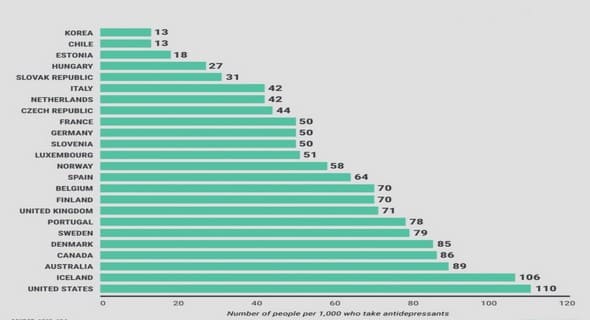(Downloads - 0)
For more info about our services contact : help@bestpfe.com
Table of contents
Introduction générale
Chimie hôte-invité
Hémicryptophanes
Spectrométrie de masse en tandem
Ionisation par électronébulisation
Préface
Chapter 1: Fundamentals of unimolecular ion dissociation
Lindemann mechanism
Hinshelwood theory
RRK theory
Transition state theory
The RRKM/QET theory
Chapter 2: A general introduction to the utilized fragmentation techniques
Blackbody infrared radiative dissociation (BIRD)
Low-energy collision induced dissociation (low-energy CID)
Higher-energy collision dissociation (HCD)
Chapter 3: Low-energy CID, CID and HCD mass spectrometry for structural elucidation of saccharides and clarification of their dissolution mechanism in DMAc/LiCl
Introduction
Experimental section
Results and discussion
Conclusion
Chapter 4: Investigation of hemicryptophane host-guest binding energies using high-pressure collision induced dissociation in combination with RRKM modeling
Introduction
Experimental Section
Modeling Detail
Results and Discussion
Conclusion
Chapter 5: Investigating binding energies of host-guest complexes in the gas-phase using low-energy collision induced dissociation
Introduction
Methodology Background
Experimental section
Results and discussion
Conclusion
Chapter 6: Investigating binding energies of host-guest complexes using higher-energy collision dissociation in the gas-phase
Introduction
Experimental section
Modeling detail
Results and discussion
Conclusion
Chapter 7: Dissociation energetics of lithium-cationized -cyclodextrin and maltoheptaose studied by low-energy collision induced dissociation
Introduction
Experimental section
Results and discussion
Conclusion
General conclusion
References
List of Figures
List of Tables
Curriculum Vitae




